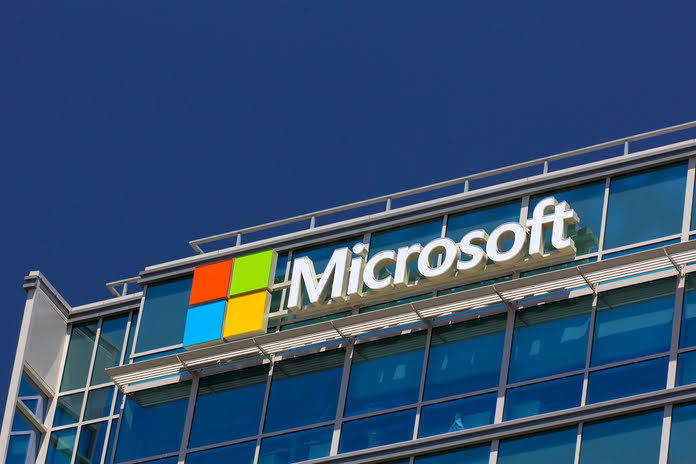Microsoft (NASDAQ:MSFT) missed EPS estimates in the fourth quarter of 2022 but still posted solid earnings. Microsoft’s Cloud business, especially Azure, is gaining customers and driving top-line growth. Microsoft’s intrinsic value is rising due to strong free cash flows and margins.
Microsoft Q4 2022 Key Results
Microsoft’s fourth-quarter earnings missed expectations. Microsoft reported $2.23 EPS and $51.87 billion in revenue, while analysts expected $2.29 and $52.44 billion.
Microsoft’s Q4 2022 earnings sheet was quite good given multiple challenges in its core markets, including PC market weakness and a strengthening USD.
Quarterly revenues were $51.87 billion, a 12% year-over-year increase. Microsoft’s revenue grew 16% in constant currencies. Every segment showed year-over-year growth, with Personal Computing growing by only 2%.
Microsoft’s Top Growth Driver Is Intelligent Cloud
Microsoft’s Intelligent Cloud segment will grow as more workloads migrate to the cloud.
Microsoft’s Intelligent Cloud business includes server products and cloud services, including Microsoft Azure, for which it charges corporate clients handsomely.
Intelligent Cloud is Microsoft’s growth leader and compensates for slowing growth in other areas, like PCs. The segment generated $20.91 billion in Q4 2022, a 20% year-over-year increase, but it would have grown 25% without the strong USD in 2022.
Azure drives Microsoft’s Cloud growth. Azure is Microsoft’s public cloud platform for analytics, storage, networking, and computing. Azure is attractive for companies that need temporary computing power because Microsoft charges by consumption.
Strong customer demand boosted Microsoft’s Azure business by 40% in FQ4’22. Microsoft Cloud, which includes Azure and other cloud services, had a 69% gross margin in the last quarter, a 1% quarterly decline. It’s the most profitable division.
Free Cash Flow Increases
Microsoft generated $65.15 billion in free cash flow on $198.27 billion in revenues in the last year or 32.9%. Microsoft generated $17.76B in free cash flow in Q4 2022, a 9% year-over-year increase, and a 34.2% margin.
Microsoft has less exposure to the digital advertising market than other FAANG stocks like Meta Platforms (NASDAQ:META) or Alphabet (NASDAQ:GOOG) (NASDAQ:GOOGL). The digital advertising market may correct as inflation cools consumer spending and advertisers cut back. Due to ad market concerns, Snap (NYSE:SNAP) shares dropped 39% last week. Microsoft advertises on LinkedIn, Search, and News.
Meta and Google have low price-to-free cash flow ratio (P/FCF) ratios of 11.3x and 20.6x because of their advertising exposure. Microsoft’s shares have a P/FCF ratio of 30.0x but less downside due to product diversification.
Optimistic Forecast
Microsoft’s 2023 forecast surprised. Microsoft sees “double-digit revenue and operating income growth” in FY 2023 despite a cooling PC market and decelerating non-cloud growth. Microsoft doesn’t expect the PC market to improve, so it sees revenue headwinds in Windows OEM, Surface, LinkedIn, Search, and news advertising. The outlook suggests investors are too cautious about Microsoft.
Microsoft’s Headwinds
If the USD keeps appreciating, Microsoft’s overseas profits will be less valuable. Half of Microsoft’s revenue comes from overseas. A slowdown in the Cloud market may also affect Microsoft’s growth rate. Microsoft’s shares may revalue lower if key metrics like free cash flow slow.
Summary
Microsoft isn’t as cheap as Meta Platforms or Google based on free cash flow, but the stock is a growth play on the cloud market. The company has strong free cash flow and a recession-resistant business model.
Microsoft has a more diversified business than other FAANG stocks, with software, cloud, and hardware sales. Microsoft’s stock is a buy due to its strong free cash flow and lower advertising reliance.
Featured Image: Megapixl @Wolterk















